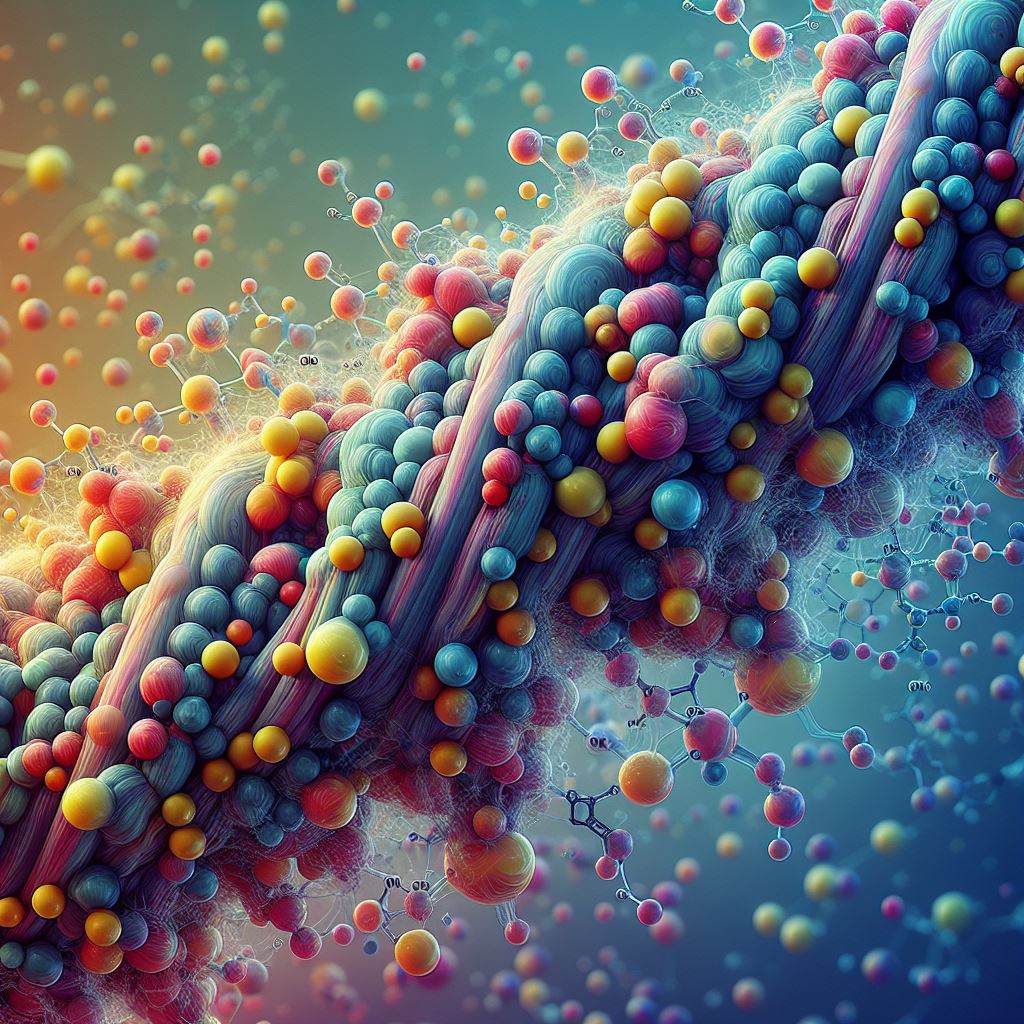Polymerizing Vinyl Chloride, commonly known as vinyl, is a plastic material that’s become an undeniable part of our modern world. From the water pipes in our homes to the toys our children play with, PVC’s versatility and affordability have made it a ubiquitous material. But have you ever wondered how this everyday plastic comes to be? Today, we delve into the fascinating science behind PVC creation, exploring the process of polymerizing vinyl chloride.
The Building Block: Polymerizing Vinyl Chloride
The journey of PVC begins with a simple molecule called vinyl chloride, also known as chloroethylene. This colorless gas is the fundamental building block of PVC. It’s derived from common industrial chemicals like chlorine and ethylene.
The Power of Polymerization
The magic truly happens in a process called polymerization. Imagine vinyl chloride molecules as individual beads. During polymerization, these beads undergo a chemical reaction, linking together to form long, chain-like structures called polymers. In the case of PVC, thousands of vinyl chloride units connect to create a single PVC molecule. This process significantly alters the properties of the material. While vinyl chloride is a gas, PVC, the result of polymerization, is a solid plastic with unique characteristics.
Shaping the Final Product
Polymerization alone doesn’t define the final form of PVC. Additives play a crucial role in shaping its properties for specific applications. Plasticizers, for example, are incorporated to make PVC flexible, perfect for hoses and wires. Conversely, stabilizers are added to enhance resistance to heat and light degradation. Think of them like spices in a recipe – a small amount can drastically alter the final product. Depending on the desired outcome, various other additives can be included, influencing factors like color, fire resistance, and impact strength. Imagine a fireproof pipe needing different additives than a soft, inflatable pool toy.
The Nuances of the Reaction: Polymerizing Vinyl Chloride

The way the polymerization reaction is conducted significantly impacts the final PVC product. Manufacturers can control factors like temperature, pressure, and the presence of catalysts to achieve desired PVC properties. For instance, variations in the polymerization process can result in PVC with a high or low molecular weight. High molecular weight PVC translates to a more rigid and strong material, ideal for pipes and building materials. Conversely, low molecular weight PVC becomes more flexible, making it suitable for applications like electrical insulation and flooring. These adjustments are like fine-tuning a machine – slight tweaks can yield vastly different results.
Beyond the Basics
Polymerizing vinyl chloride is just the first step in PVC production. The resulting PVC resin then undergoes various processes like extrusion, calendering, or injection molding to create the final shapes we encounter in everyday life. Extrusion, for instance, involves pushing the molten PVC resin through a mold and shaping it into pipes, tubes, and profiles. Calendering involves flattening the PVC resin into sheets for applications like flooring or roofing membranes. Injection molding precisely shapes the PVC resin into intricate forms, like toys, medical devices, or even clothing components.
Unveiling the Potential: Polymerizing Vinyl Chloride
Understanding the science behind polymerizing vinyl chloride opens the door to appreciating the vast potential of PVC. By manipulating the process and incorporating different additives, manufacturers can tailor PVC for a multitude of applications. Imagine lightweight, durable pipes for our infrastructure or sterile, biocompatible tubing for medical use. PVC’s versatility continues to shape our world in countless ways.
This glimpse into the world of PVC creation highlights the power of scientific innovation. By understanding the fundamental building blocks and the power of chemical reactions, we can create materials that have a significant impact on our lives. The next time you encounter PVC, take a moment to appreciate the intricate science behind its creation.





